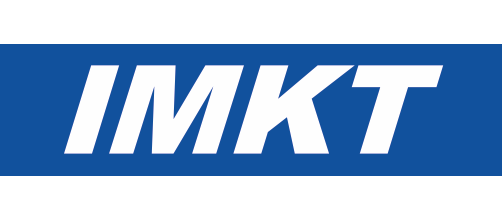On the Elastohydrodynamic Film-Forming Properties of Metalworking Fluids and Oil-in-Water Emulsions
- verfasst von
- H. C. Liu, F. Pape, Y. Zhao, L. Ellersiek, B. Denkena, G. Poll
- Abstract
Oil-in-water (O/W) emulsions are water-based lubricants and used as fire-resistant hydraulic fluids and metalworking fluids (MWFs) in industry. The (elasto-)hydrodynamic film-forming properties of O/W emulsions have been studied extensively in literature. Typical elastohydrodynamic lubrication (EHL) behaviors are revealed at low rolling speeds followed by a starved EHL regime at elevated speeds. These emulsions are self-prepared and mostly stable only for a limited time ranging from hours to several days. By contrast, the film-forming behavior of water-miscible commercial MWFs (long-term stable O/W emulsions) has rarely been reported. This restricts the understanding of the lubrication status of many tribological interfaces in manufacturing processes, e.g., the chip-tool contact in cutting. In this work, the (elasto-)hydrodynamic film-forming property of two commercial MWFs is investigated by measuring the film thickness on two ball-on-disc test rigs using different optical interferometry techniques. For comparison, two self-prepared simple O/W emulsions with known formulation have also been investigated. Experimental results from the two test rigs agree well and show that the two self-prepared emulsions have typical EHL behaviors as reported in literature. However, for the two commercial MWFs, there is almost no (elasto-)hydrodynamic film-forming ability over the whole range of speeds used in this study. This could be explained by the cleaning and re-emulsification effects of the MWFs. The lubrication mechanism of the two MWFs is mainly boundary lubrication rather than hydrodynamic lubrication. Graphical Abstract: [Figure not available: see fulltext.].
- Organisationseinheit(en)
-
Institut für Maschinenkonstruktion und Tribologie
Institut für Fertigungstechnik und Werkzeugmaschinen
- Externe Organisation(en)
-
CAS - Lanzhou Institute of Chemical Physics
Qingdao Center of Resource Chemistry and New Materials
University of Twente
- Typ
- Artikel
- Journal
- Tribology letters
- Band
- 71
- Anzahl der Seiten
- 13
- ISSN
- 1023-8883
- Publikationsdatum
- 02.2023
- Publikationsstatus
- Veröffentlicht
- Peer-reviewed
- Ja
- ASJC Scopus Sachgebiete
- Werkstoffmechanik, Maschinenbau, Oberflächen und Grenzflächen, Oberflächen, Beschichtungen und Folien
- Elektronische Version(en)
-
https://doi.org/10.1007/s11249-022-01684-2 (Zugang:
Offen)


